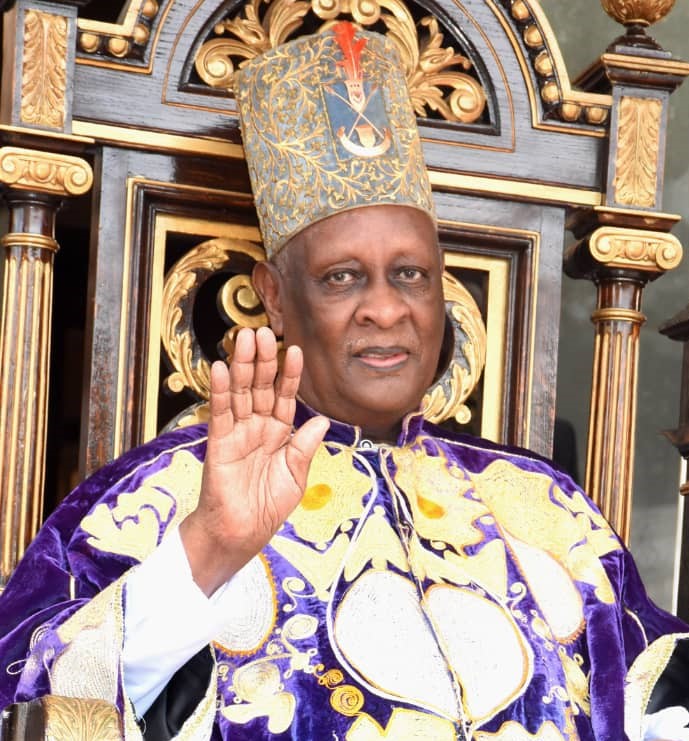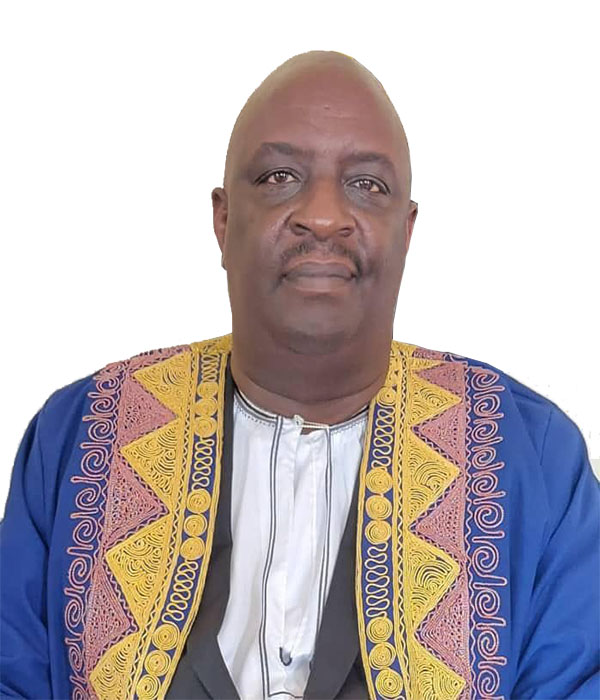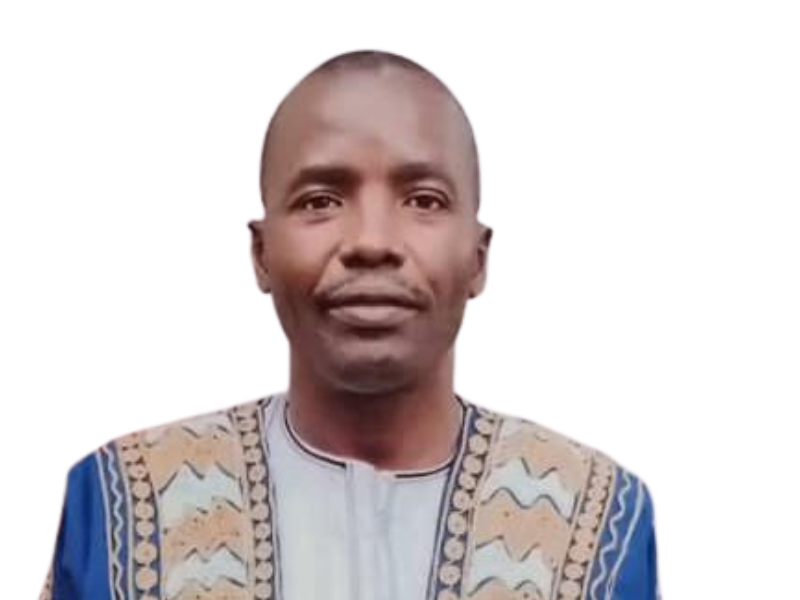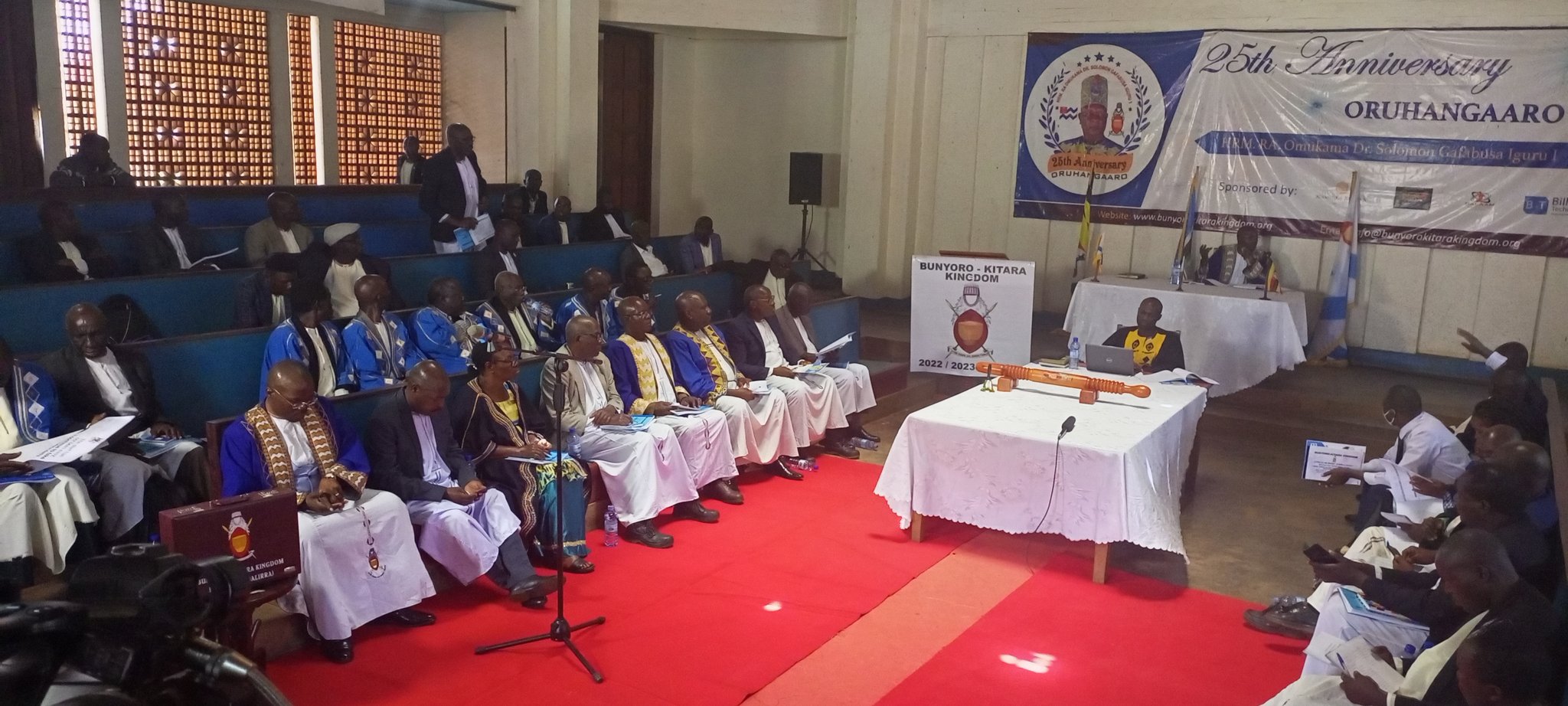- June 16, 2018
- Posted by: Communications
- Category: Our History
No Comments
The Bacwezi Rule 1350 -1500 Ad
During the reign of Isaza Nyakikooto, there appeared a race of people known as the Bacwezi. They had a light skin, but their original homeland has remained a mystery. Some sources say that, they may have been Portuguese, that even the word ‘Bacwezi’ must have come from the portuguese word, while others reveal that they were an off shoot of a caucasoid people (perhaps the Egyptians) who sailed down the Nile to Bunyoro and Buganda, during and after the Batembuzi era.
Legend has it that the Bacwezi seem to have been one of the last bands of the pastoral Bahima who entered Uganda from the North East. The Bacwezi were not Galla, but were akin to the Sudanic peoples of South Western Ethiopia, though the distinctive elements in their culture was not Sudanic.
Bunyoro traditions assert that, the Bacwezi were related to the Batembuzi who proceeded them. In actual fact some accounts reveal that the Batembuzi were an advance party of Bacwezi, since both of them appear not to have been vastly different. The Bacwezi and Batembuzi both possessed super human qualities.
BACWEZI GENEALOGY
Isimbwa (not counted as a mucwezi because he was born in “the under world”)
The onset of the Bacwezi did not simply involve the conquest and domination of Kitara by foreign Bahima, but also saw the emergence of these intrusive pastoral groups in chiefly position.
Omukama Ndahura Omucwezi
The progency of the royal liaison between Isimbwa and Nyinamwiru was Ndahura (the uprooter), Kyarubumbi (son of a porter), Rwesakaara Myambi (who thatches himself with arrows), Rumoma Mahanga (the attacker of all nations). Tradition asserts that Ndahura was raised by a Mwiru, a porter’s family of the Babopi clan.
Ndahura became the first Cwezi King in succession to his maternal grandfather, Bukuku Omuranzi. His capital was originally built at Kisengwe but later moved to Mubende hill where he could have a clear view of his Kingdom.
The first Cwezi King emerged from a lowly social position within Kitara society. Although a grandson of Bukuku in tradition he is said to have been raised by a porter’s family of Babopi clan away from court. His career did not involve the introduction of a totally new political system, rather his innovations were built upon the existing institutions which had been established by Isaza. For example, the saza unit was retained.
Ndahura’s reign marked the beginning of centralisation of political institutions and their adaptation to the new social and economic realities of a more widerspread pastoral and a more aristocratically based society. The regalia of Kingship : Royal drums, beaded crowns surmounted by tall copper cones, copper spears for ritual use, read fenced royal enclosures are all associated with Ndahura and the Bacwezi rule. New moon ceremonies lasting nine days were held at court each month inside the royal enclosure of the Cwezi King. G. Casati (1886) reported that this rite, which was retained by the Babiito, successors to the Bacwezi involved human and cattle sacrifices. Ceremonial herding and milk drinking were part of the ruler’s daily rituals.
The introduction of barkcloth manufacture, coffee cultivation, iron working, earth works and fortifications have all been attributed to the Bacwezi. Careful examination of relics at important cultural sites of Bigo Bya Mugenyi, Mubende, Kibengo, Kagogo and Kasonko has revealed that the Bacwezi used bowels, spherical jars, shallow basins and fosted dishes. When Ndahura had temporarily disappeared from the Kingdom was ruled by his half brother Mulindwa (Caretaker) and was later succeded by Ndahura’s son Wamara, the last Cwezi ruler.



